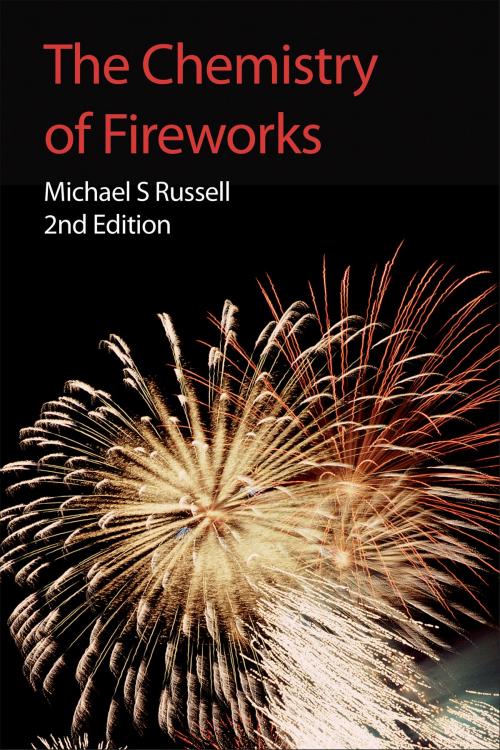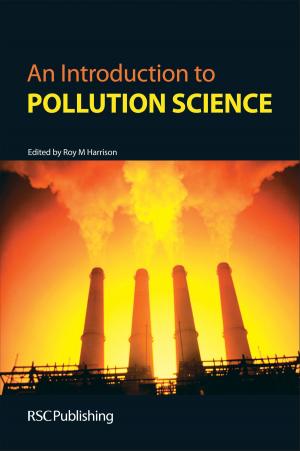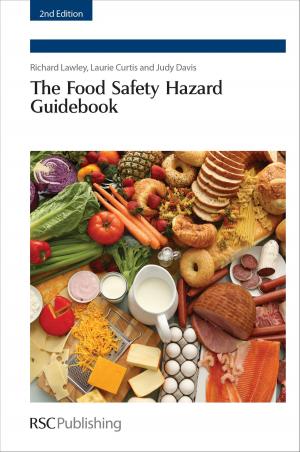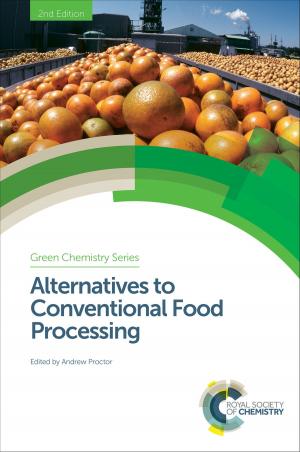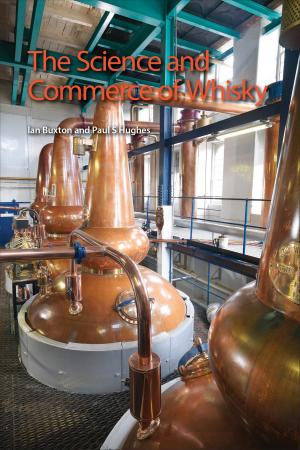The Chemistry of Fireworks
Nonfiction, Science & Nature, Science, Chemistry, Inorganic, Technology, Engineering, Chemical & Biochemical| Author: | Michael S Russell | ISBN: | 9781782625520 |
| Publisher: | Royal Society of Chemistry | Publication: | November 9, 2015 |
| Imprint: | Royal Society of Chemistry | Language: | English |
| Author: | Michael S Russell |
| ISBN: | 9781782625520 |
| Publisher: | Royal Society of Chemistry |
| Publication: | November 9, 2015 |
| Imprint: | Royal Society of Chemistry |
| Language: | English |
"For centuries fireworks have been a source of delight and amazement in cultures around the world. But what produces their dazzling array of effects? This book takes you behind the scenes to explore the chemistry and physics behind the art of pyrotechnics. Topics covered include history and characteristics of gunpowder; principles behind each of the most popular firework types: rockets, shells, fountains, sparklers, bangers, roman candles and wheels; special effects, including sound effects, coloured smokes and electrical firing; firework safety for private use and displays; and firework legislation. The Chemistry of Fireworks is aimed at students with A level qualifications or equivalent. The style is concise and easy to understand, and the theory of fireworks is discussed in terms of well-known scientific concepts wherever possible. It will also be a useful source of reference for anyone studying pyrotechnics as applied to fireworks. Review Extracts ""a worthwhile addition to the pyrotechnist's library"" Fireworks ""a useful source of information which makes absorbing reading."" Angewandte Chemie, International Edition"
"For centuries fireworks have been a source of delight and amazement in cultures around the world. But what produces their dazzling array of effects? This book takes you behind the scenes to explore the chemistry and physics behind the art of pyrotechnics. Topics covered include history and characteristics of gunpowder; principles behind each of the most popular firework types: rockets, shells, fountains, sparklers, bangers, roman candles and wheels; special effects, including sound effects, coloured smokes and electrical firing; firework safety for private use and displays; and firework legislation. The Chemistry of Fireworks is aimed at students with A level qualifications or equivalent. The style is concise and easy to understand, and the theory of fireworks is discussed in terms of well-known scientific concepts wherever possible. It will also be a useful source of reference for anyone studying pyrotechnics as applied to fireworks. Review Extracts ""a worthwhile addition to the pyrotechnist's library"" Fireworks ""a useful source of information which makes absorbing reading."" Angewandte Chemie, International Edition"
